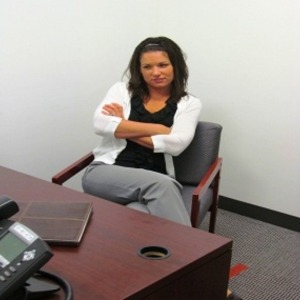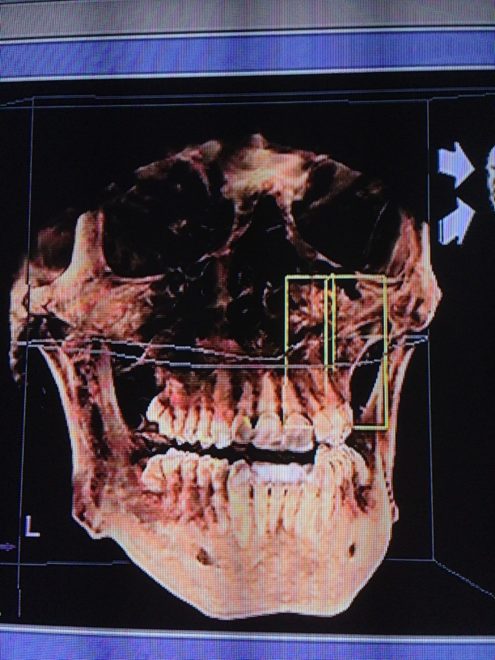Tag: PRI
Manual Therapy Musings
When I think About You… Prompted by some mentee questions and blog comments, I wondered where manual therapy fits in…
Course Notes: PRI Cervical Revolution REMIX
Note: I made some errors on the first rendition of this blog that were corrected after speaking with Eric Oetter.…
Course Notes: BSMPG 2015
#Bestconferenceevaahhhhh I shipped off to Boston to attend my first ever BSMPG summer symposium. And it was easily one of…
Course Notes: PRI Interdisciplinary Integration 2015
A Stellar Symposium Back in April I had the pleasure of finally attending PRI’s annual symposium, and what an excellent…
The Road to an Alternating and Reciprocal Warrior: You down with ENT?
This spans an entire treatment over a year’s time. Here’s part 1 Part 2 Part 3 Part 4 “Yeah…

Course Notes: Pelvis Restoration Reflections
Pelvises Were Restored It was another great PRI weekend and I was fortunate enough to host the hilarious Lori Thomsen…

Recognizing and Changing Nonverbal Communication Disorders: An Interaction Approach
I was at my local coffee shop the other day chatting with my barista as she prepared my drink. Once…

The Road to an Alternating and Reciprocal Warrior: Wisdom Teeth Extraction
This spans an entire treatment over a year’s time. Here’s part 1 Part 2 Part 3 The Saga Continues I’ve…
9 weeks with Bane, I mean Zac…Oops Sorry Wrong CI
Note from Zac: This is my first guest post, and to start things up is the one and only Trevor…
Favorable Inputs: A Model for Achieving Outcomes
One Hot Model Louis Gifford’s Topical Issues in Pain has an amazing amount of quality information, and has really inspired…
Come Hang With Me: Courses At My Clinic
Dear Readership We are hosting several courses at my clinic this year, and we would love to have you, the…
Course Notes: PRI Cervical Revolution
Where are all the People? I recently made the trek to Vermont for the first rendition of PRI’s Cervical Revolution…
Course Notes: Cantrell’s Myokin Reflections
Third Time’s a Charm Mike Cantrell was in my neighborhood to teach Myokinematic Restoration by the folks at PRI. And…
Course Notes: Advanced Integration and PRC Reflections
I Passed I officially became a Jedi this past December after retaking Advanced Integration and going through the Postural Restoration…
The Post Wonderful Time of the Year: 2014 Edition
And That’s a Wrap It’s that time of the year that we get to look back and reflect and what…
